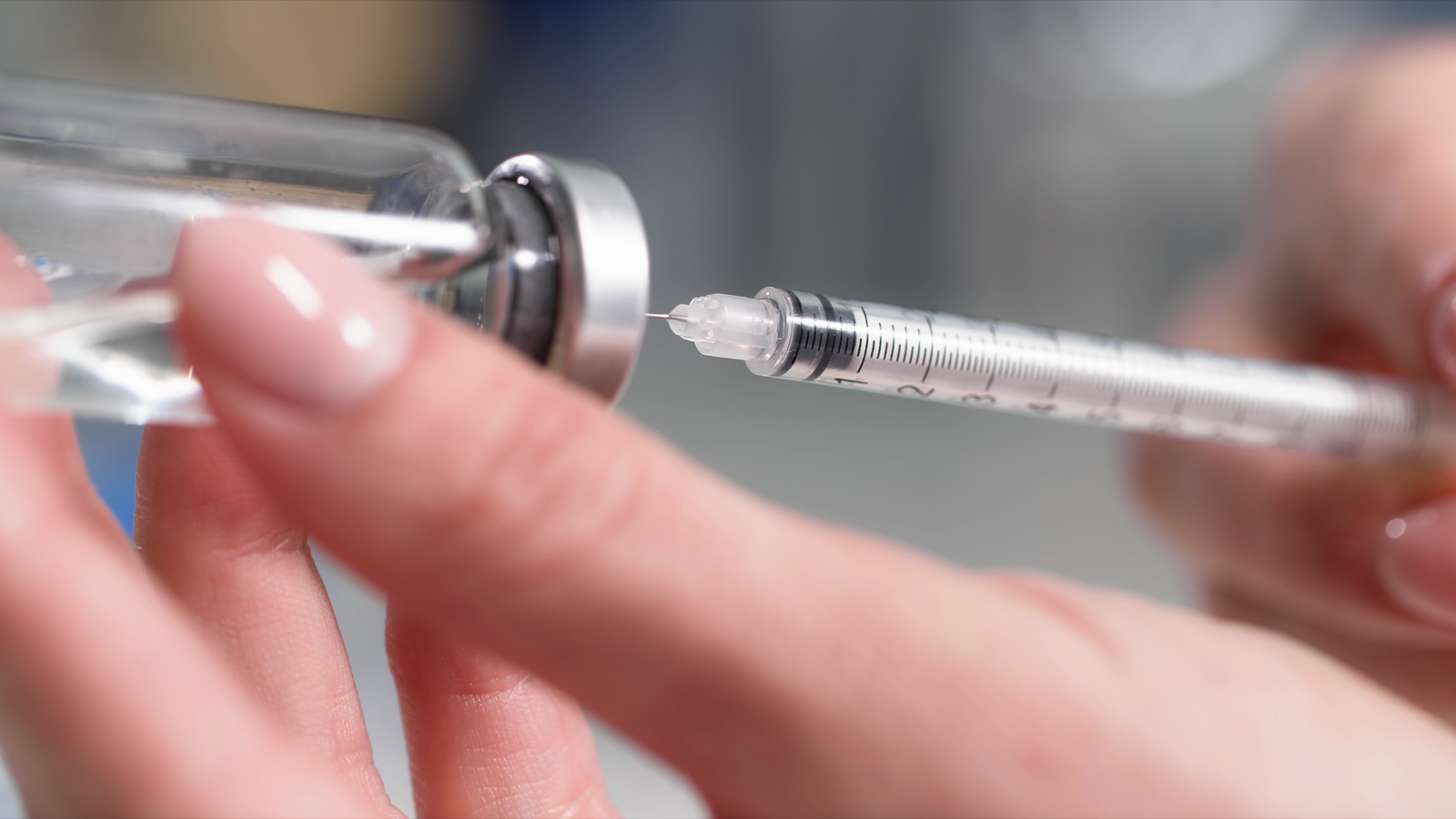- Taking HIV PrEP before and after an exposure can greatly reduce the risk of infection
- A U.S. study in young men found that one-third of all anal sex encounters were unpredicted
- Long-acting forms of PrEP could offer more reliable prevention for unpredicted exposures
Clinical trials have found that a combination of certain anti-HIV medicines is highly effective at reducing the risk of HIV infection. This use of medicines to prevent HIV is called pre-exposure prophylaxis (PrEP).
PrEP involves taking a pill that consists of two anti-HIV medicines—tenofovir + FTC—usually on a daily basis. Tenofovir is available in two formulations: the original version is called TDF (tenofovir disoproxil fumarate) and the newer version is called TAF (tenofovir alafenamide).
Some people are not able or do not want to take pills daily. An alternative schedule to daily pill-taking is called “on-demand” PrEP. In this case, two pills of PrEP are taken two to 24 hours before and once daily for two consecutive days after potential exposure to HIV. If there are no potential exposures after this time, PrEP consumption ceases. PrEP requires visits to a clinic and a lab every three months for screening for HIV and sexually transmitted infections (STIs) and other tests. You can find out more about PrEP (daily and on-demand) here.
On-demand PrEP
For on-demand PrEP to be effective, users need to be able to accurately predict when they will have sex so that they can protect themselves by initiating PrEP two to 24 hours ahead of time.
In 2019 in the U.S., young people aged 13 to 24 represented 21% of new HIV diagnoses. Most of these diagnoses (83%) occurred in young gay and bisexual men who have sex with men (gbMSM). In order for PrEP to work in this population, it needs to be effective and easy to access. To find out more about young gbMSM’s ability to predict their sexual activity (and therefore the potential usefulness of on-demand PrEP), a team of researchers in the U.S. conducted a study that surveyed them about their sex lives.
Study details
Using advertising in social media and other means, researchers enrolled 120 young gbMSM from across the U.S. The men were aged 16 to 24 and were in the study for eight weeks, from April to June 2021. According to researchers, participants received daily digital surveys to assess their “engagement in and prediction of anal sex over 24-hour periods, along with condom use and other [issues].” This data could then be used to assess (in theory) whether or not participants would benefit from on-demand PrEP. Participants did not receive PrEP.
Results
Over the course of the study, there were 845 anal sexual encounters. According to researchers, “approximately one-third of all anal sex encounters during the study period were unpredicted and spontaneous and would not have been protected [in theory] by on-demand dosing [of PrEP].” Furthermore, they added that “more than two-thirds of participants experienced such an encounter and almost three-quarters of all [anal sex] acts were condomless.”
Although none of the participants received PrEP, the study found that a substantial proportion of young gbMSM would have been at risk of acquiring HIV had they been on an on-demand schedule of PrEP.
The researchers suggested that “daily PrEP dosing with adherence support” may be one strategy to help this population reduce their risk of HIV.
A bigger study
A different study (ATN 149) assessed nearly 900 young people at risk of HIV in Los Angeles and New Orleans. Almost 80% were gbMSM, 7% transgender women and 14% transmasculine nonbinary youth. Researchers collected information on sexual behaviour, PrEP use and adherence to PrEP.
Self-reported weekly PrEP adherence was high (98%). However, 27 people became HIV positive during the study. Rates of HIV infection were greatest among people who initially used PrEP then discontinued it, placing themselves at risk. The researchers stated that if long-acting injectable PrEP (which entails infrequent dosing) was available to young people, most of these infections could have been prevented.
Taken together, both studies underscore the need for long-acting formulations of PrEP to help reduce the risk of HIV among vulnerable young people.
Long-acting PrEP
Long-acting injectable PrEP (LA cabotegravir) has been approved in Australia, the U.S. and European Union. In those countries and regions, it is sold under the brand name Apretude.
Health Canada is currently reviewing a dossier on LA cabotegravir for PrEP. It will hopefully be approved in late spring 2024.
Another form of long-acting injectable PrEP with a drug called lenacapavir, given every six months, is in clinical trials. If the trials are successful, this use of lenacapavir may not be approved in Canada until sometime in 2025.
Note that after a drug is approved by Health Canada, negotiations take place between the provinces/territories and the pharmaceutical company to find a price that is affordable so that provinces/territories can subsidize the cost. These negotiations are often lengthy, and it can take months or even years after a drug is approved by regulatory authorities before it ascends to the list of medicines subsidized by provinces/territories. This list is called a drug formulary.
—Sean R. Hosein
Resources
HIV pre-exposure prophylaxis (PrEP) resources – CATIE
HIV post-exposure prophylaxis (PEP) resources – CATIE
REFERENCES:
- Stamp BF, Powers KA, Horvath KJ, et al. Prediction of sex and the potential use of on-demand PrEP among young men who have sex with men in the United States. JAIDS. 2023 Aug 1;93(4):292-299.
- Aryal A, Leibowitz A, Comulada WS, et al. PrEP use and HIV incidence among youth at-risk for HIV infection in Los Angeles and New Orleans: findings from ATN 149. JAIDS. 2023 Nov 1;94(3):220-226.

